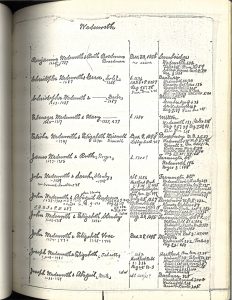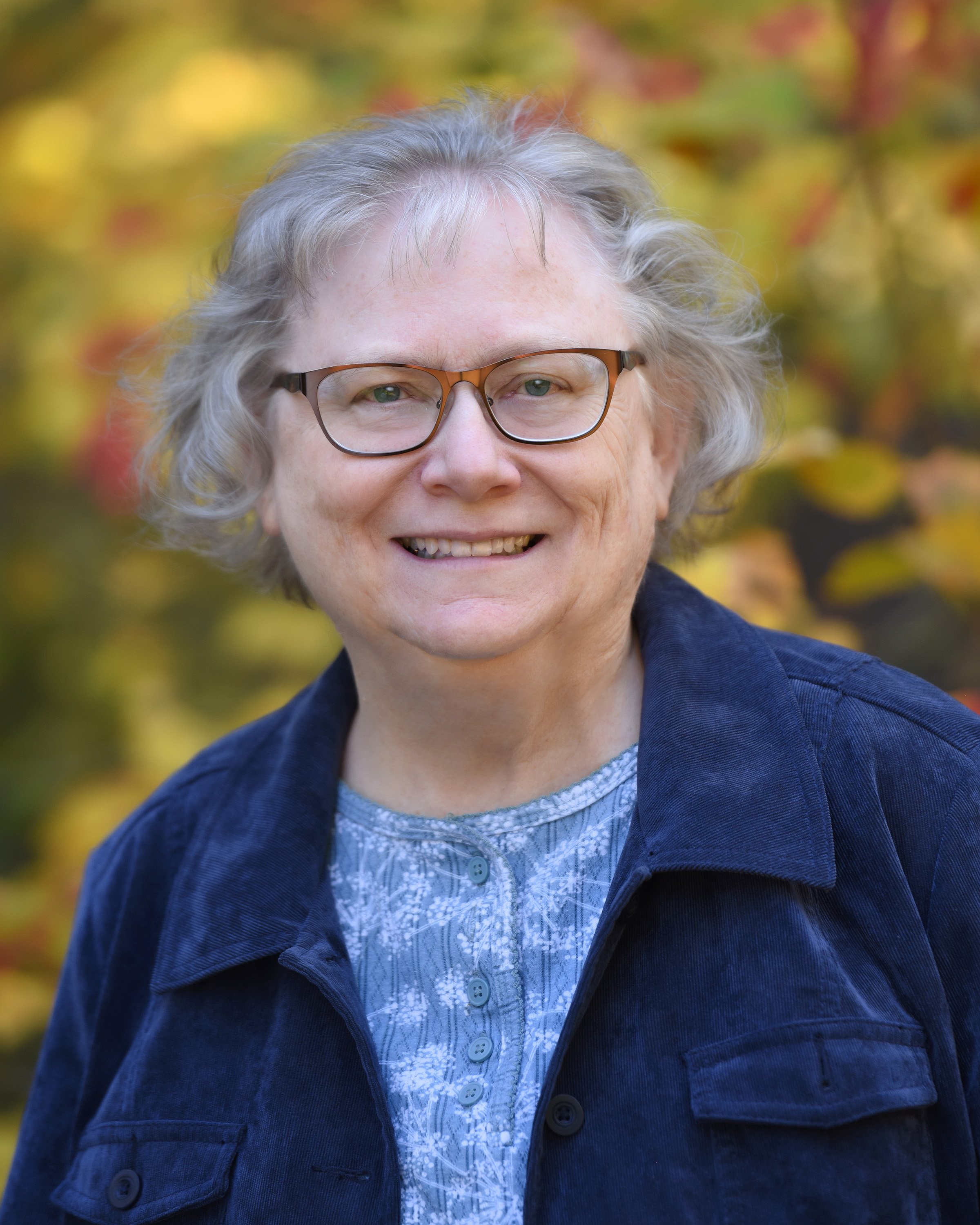 Genealogists spend a lot of time correcting published genealogical works, which is especially ironic when it comes to Clarence Almon Torrey’s New England Marriages Prior to 1700, published by NEHGS and the work upon which the Early New England Families Study Project is based.
Genealogists spend a lot of time correcting published genealogical works, which is especially ironic when it comes to Clarence Almon Torrey’s New England Marriages Prior to 1700, published by NEHGS and the work upon which the Early New England Families Study Project is based.
We have constant inquiries about, and requests to fix, typographical mistakes and transcription errors in the Torrey database on AmericanAncestors.org, which is not really a “database” but an index to the images from the three-volume print publication, also published by NEHGS.
We can’t make those changes because Torrey’s work is an “as is” publication.
Torrey’s “Marriages” is a transcription of a handwritten manuscript that was created over decades.[1] The compiler began by abstracting information from books in the NEHGS library relating to marriages that took place in New England (or in a few cases, Long Island) between 1620 and 1700 (despite the title “Prior to 1700”) on slips of paper that he alphabetized. He then copied the information from the slips onto sheets of paper and bound them into twelve volumes (containing, eventually, an estimated 37,000 entries). Additions, changes and corrections thereafter were written on these pages – sometimes with fountain pen, sometimes ball point pen, sometimes in pencil, resulting in blotches, smudges, and wear and tear. Torrey’s handwriting, itself, can be cryptic even when not smudged! (The example image above is one of his neater pages.)
The version of the manuscript on AmericanAncestors.org was transcribed in 2001 by a team that made every effort to achieve accuracy by proof-reading transcriptions against the manuscript and checking source citations listed in the bibliography. However, “Reflecting a document that was created over many years, readers will find internal inconsistencies and even mistakes in the book” [emphasis added].
Unlike the Early New England Families Study Project sketches, created specifically for on-line publication and easily amended or even replaced when necessary,[2] the Torrey database only reproduces the images from the published books and cannot be changed on-line.
So, what is a thoroughly confused researcher to do when page numbers or source citations or towns or names just don’t make sense? Do what any good genealogist does, go hunting. Page numbers being the major problem in the transcription, go to the source’s index, if there is one. You will often find something listed as appearing on page 266 is actually on 188, for example. The “short form” source citations are technically all given full citations in the bibliography, but there are omissions and errors there, too. Some source citations in the text remain illegible and sometimes Torrey used two or more short citations for the same book (over the years one forgets, you know). Use your imagination and see if you can figure it out.
If imagination fails, then you are all invited to contact me (alicia.williams@NEHGS.org). I may or may not be able to answer your questions – there will be entries we will never fully translate – but having studied Clarence’s work now for nearly fifty years, I can take a stab at it.
Notes
[1] See David Curtis Dearborn’s "Introduction" to the collection.
[2] Two “Version 2” replacements are about to be [or have just been] posted – Samuel Jenney and Joseph Andrews.
Share this:

About Alicia Crane Williams
Alicia Crane Williams, FASG, Lead Genealogist of Early Families of New England Study Project, has compiled and edited numerous important genealogical publications including The Mayflower Descendant and the Alden Family “Silver Book” Five Generations project of the Mayflower Society. Most recently, she is the author of the 2017 edition of The Babson Genealogy, 1606-2017, Descendants of Thomas and Isabel Babson who first arrived in Salem, Massachusetts, in 1637. Alicia has served as Historian of the Massachusetts Society of Mayflower Descendants, Assistant Historian General at the General Society of Mayflower Descendants, and as Genealogist of the Alden Kindred of America. She earned a bachelor’s degree from the University of Connecticut and a master’s degree in History from Northeastern University.View all posts by Alicia Crane Williams →